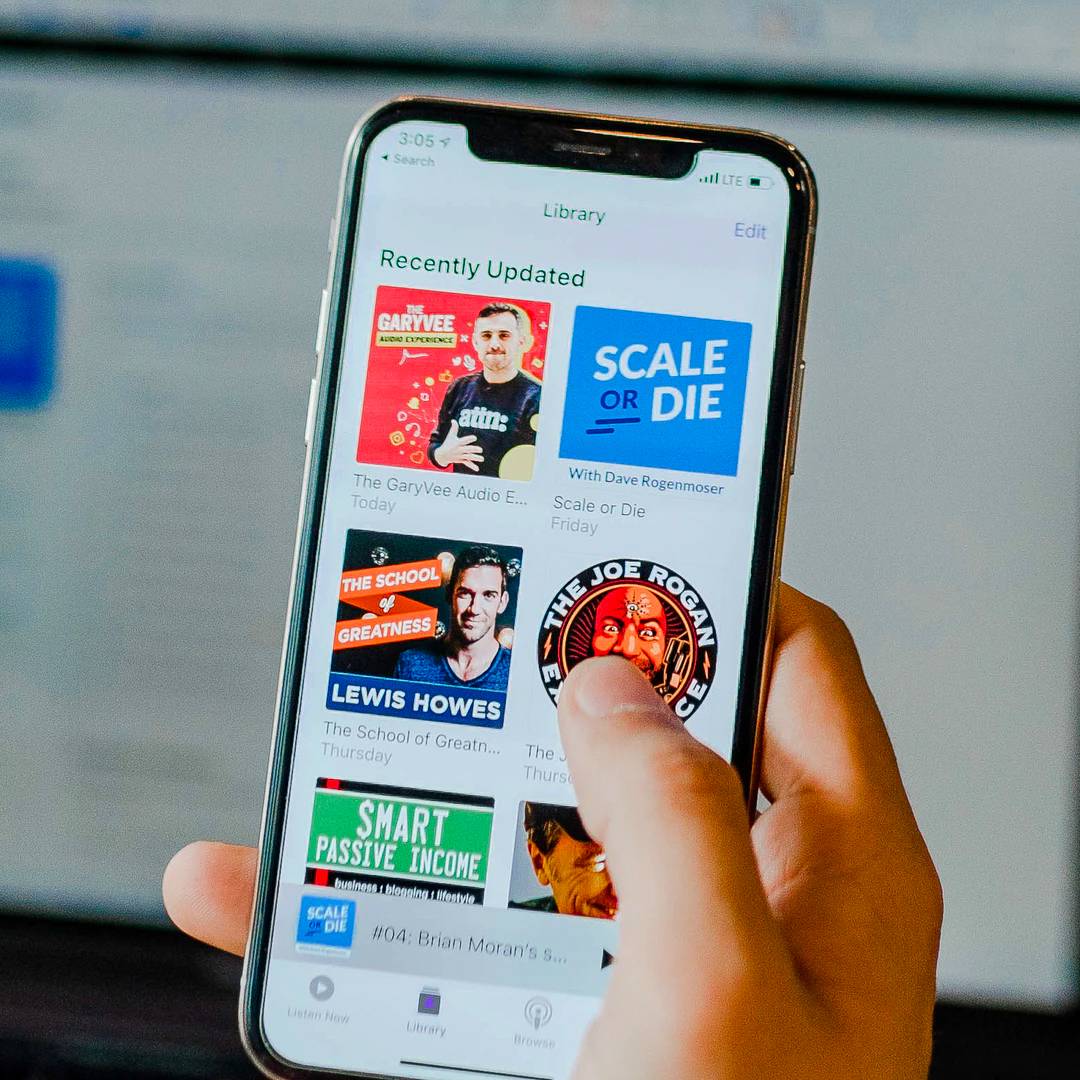Surviving in the music business is not an easy task. Having a full marketing team to support an artist, with a great publicist who will do all the annoying stuff instead of her/him while they can focus on the music and being creative sounds as perfect as it sounds quite expensive. Therefore, at least when they launch their career, many artists start promoting their music independently. To learn about the benefits and disadvantages of managing your PR, you can read the article, To Manage or Not to Manage Your Own Music PR.
MusicPromoToday has several informative, helpful guidelines for independent artists that you can check on their blogs. Pay special attention to Deck the Halls with Music Marketing Tips and Music Marketing Strategies That Are Still Relevant in 2020 to get the full picture and get to know the ever-changing trends. To avoid some common mistakes, you can start with Music Marketing Misconceptions before diving in-depth into the details of pitching to media outlets as a part of your marketing plan.
Pitching to media outlets is a huge and important part of a music marketing campaign, and every PR starts with the right pitch. Now, as we cleared up the importance of pitching, let’s dive into the art of it.
Research
First things first, as always, do your research. Yes, this is the same advice we give in every other blog, but seriously though, research is vital for getting started from the right place, so never skip this step. Every research process is unique and has different nuances, but the aim is the same; to find the necessary data. You can learn about the importance of data collection and the basics of working with it in Inside the Mind of a Digitally Native Music Consumer.
Before pitching to media outlets, take your time to define your goals for the project, evaluate your priorities and make sure to have the answers to the questions below:
- Who is your target audience?
- What kind of reviews are you looking for?
- Are you interested in promotional preview coverage?
Once your vision is crystal clear, it is time to familiarize yourself with the target platforms that have the content and readership aligning with your goals and target. To sum it up, as part of the research, you first have to make a small data collection of your ideas and plans and, later on, based on the final results, research platforms that suit your vision and will work best for you.
It’s Time To Start Writing
When the research is done, it is time for a quick brainstorming and finally getting started with the actual writing process. Pitching is a specific type of writing with its own rules. Your final aim is making the reader interested in your pitch.
121 business emails are sent and received daily. Of course, numbers vary based on the media outlet and its popularity, but you have to remember that the professionals to whom you pitch receive hundreds of emails per day. If your writing doesn’t stand out, they will not even check your music, and your pitch will get lost in the ocean of ignored pitches.
Remember that emails to media outlets usually receive 2-3 glances before getting forgotten forever. Use that knowledge to concentrate on story angles that will instantly grab attention and intrigue. The emails that get noticed have defined formulas for success that you need to incorporate in your story.
Successful Media Pitch = Personal Approach + Quick Connection + Conciseness
Personal Approach
The personal approach starts by personally addressing the person to whom you sent the email. Make sure to use the name of the person you address, and if you don’t know it, find it through your very first step, which is once again the one and only research you will have to do. People tend to answer emails starting with personal and generic greetings. Identify your top prospects and find time to write them individually. If you are using an email marketing service like Constant Contact or Mailchimp, make sure to test the merge tags and update the mailing list frequently.
Quick Connection
Don’t waste your chance to present your personality and energy as an independent artist but make sure not to overdo it. Just introducing yourself and your music is enough for making a connection. Be warm and polite, mention names, events, or things that connect you and the person you write to. If you can’t find enough information, just tell them how you found their media and what made you write to them. Keep it short. If you weren’t able to find personal information to bond over, make cold emailing stand out by mentioning the outlet’s previous publications and connecting it to yours.
Conciseness
Be concise about what you’re pitching. Media outlets need a story, so give it to them, but do not forget to make the important message stand out when creating the story. There is an easy way to make sure your pitch includes all the necessary information: answer the W-questions.
Who – performers, composers, etc.
What – opera, chamber music, etc.
When – date & time, album release date
Where – venue, streaming link
Why – brief background info on the projects
Of course, there is a lot more to a perfect media pitch, but it all depends on the music and the story. Media presence only starts with the pitch; there is much more to do after your story is published. Your go-to basic assets that need to be ready for the process right away are:
- Website Essentials
- EPK/Landing Page
- Social Media Strategy
You can read The Sweat Behind Press Presence to get the full behind the scene picture of press presence. For more credible and in-depth information on music marketing, stay tuned to MPT blogs and follow us on Instagram.



